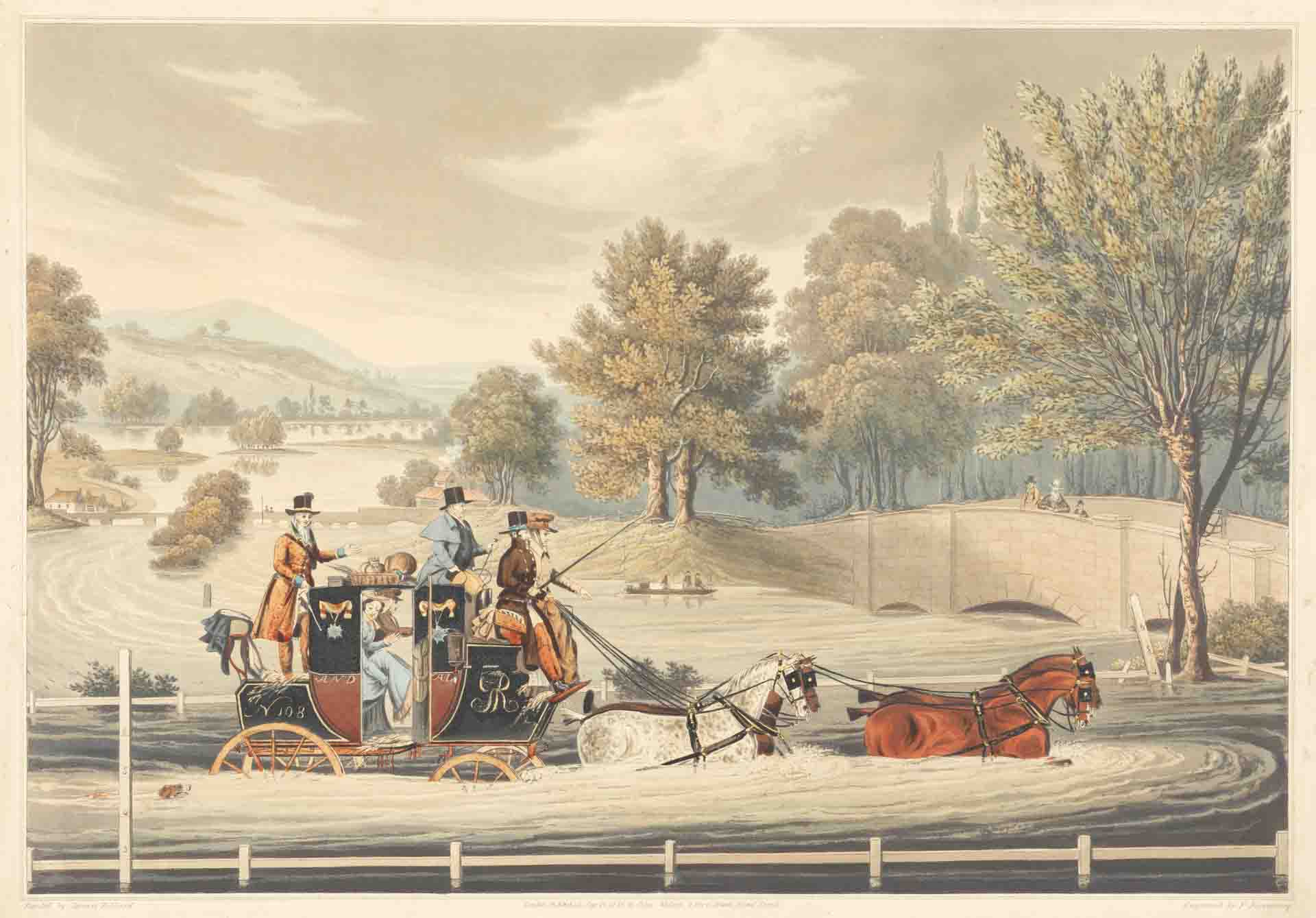
Courtesy of Yale Center for British Art Collection
Until Sunday, March 24, the Yale Center for British Art will feature an exhibit titled “Before the Deluge: Apocalyptic Floodscapes from John Martin to John Goto, 1789 to Now.” The exhibit explores how British artists and authors across centuries have interacted with the idea of the Deluge — a grand, world-ending flood.
The exhibit was curated by Eva-Charlotta Mebius, a doctoral candidate in English Literature at University College London, and Matthew Hargraves, the YCBA’s Chief Curator of Art Collections. In 2018, Mebius spent three months at Yale as an exchange scholar from UCL. The exhibit was inspired by Mebius’ research for her doctoral thesis, which focuses on the apocalyptic imagination in 19th-century literature and art.
“The goal was really to bring the floodscapes of artists and writers of different historical periods into conversation with one another, both highlighting their differences but also illuminating the ways in which they are similar,” Mebius said. “In this manner, the exhibition contextualizes our current antediluvian age by exploring how the concept of deluge has been represented by British artists and writers since the end of the eighteenth century.”
The Antediluvian, otherwise known as the Pre-Flood period, is the biblical time period between the fall of humans and the Genesis flood narrative. There have been many periods across history during which humans have feared that the biblical flood depicted in Genesis was forthcoming, along with the apocalypse. Artists and writers depicted those societal fears in their work.
Through her research, Mebius is attempting to understand the historical background of antediluvianism in relatively modern works of art and literature including Margaret Atwood’s “MaddAddam Trilogy” and Megan Hunter’s “The End We Start From.”
The exhibit reflects this cross-century purview. Mebius said that the objects in the exhibit were chosen to reflect the diverse ways in which artists and writers engage with the theme of the flood and how differing social, religious and political moments inform the way this theme is deployed. Some examples of sociopolitical moments that informed the works chosen include 18th and 19th-century European revolutions, the world wars and climate change.
The exhibit draws from many of the museum’s collections and includes prints, paintings, photography and rare manuscripts. The manuscripts on display include accounts such as “Lines on the melancholy catastrophe at Holmfirth: on the fourth of February, by the bursting of the reservoir, causing the loss of upwards of 10 lives” and “Genesis: twelve woodcuts.”
“A year ago, we carved out one space in the building where we could do small, dynamic, topical exhibitions that would have a contemporary resonance,” Hargraves said. This small space is where “Before the Deluge” is held.”
Hargraves described a “historical symmetry” between the societal anxieties represented by apocalyptic imagery in both the Romantic period and today.
“The same deluge language is being used in certain current political contexts — for example, when people refer to floods of immigration,” Hargraves said. “The deluge is a powerful metaphor and concept that works on different levels. Part of the intention of the exhibit is to raise awareness of the way this deluge language is used to trigger primitive emotions.”
The exhibit differs from others at the YCBA as it includes a book for visitors to record their responses to the space. The book now contains a plethora of personal reflections on the exhibit.
Prior to “Before the Deluge,” an exhibit that interrogated mass incarceration occupied the YCBA’s space for smaller special exhibitions.
Rianna Turner | rianna.turner@yale.edu







